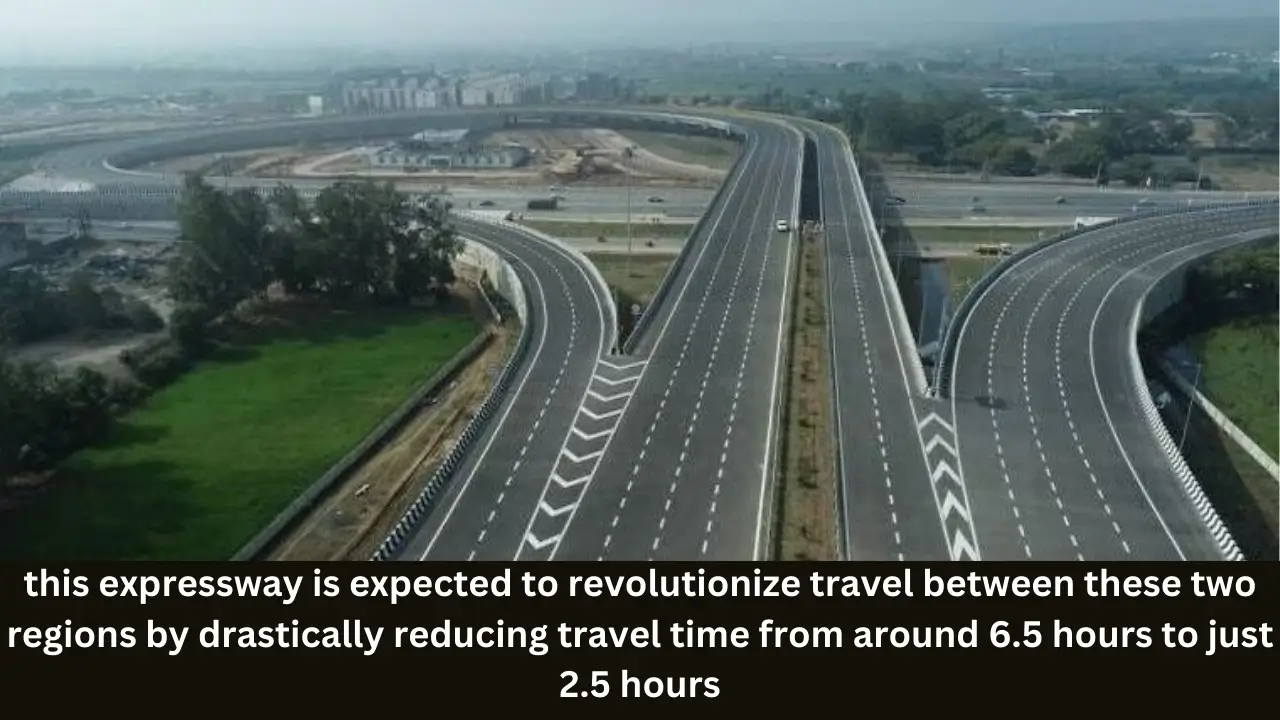The Delhi-Dehradun Expressway is a significant infrastructure project aimed at enhancing connectivity between the capital city of India, Delhi, and the picturesque city of Dehradun in Uttarakhand. Spanning approximately 210 kilometers, this expressway is expected to revolutionize travel between these two regions by drastically reducing travel time from around 6.5 hours to just 2.5 hours. The project, initiated by the National Highways Authority of India (NHAI), is being constructed at an estimated cost of ₹13,000 crores.
The expressway will not only benefit daily commuters but also facilitate better transportation for goods and services. With its completion anticipated in early 2025, the expressway will feature modern amenities and safety measures, including wildlife corridors to protect local fauna. This ambitious project reflects India’s commitment to improving its road infrastructure and promoting economic growth through enhanced connectivity.
Delhi-Dehradun Expressway Overview
The Delhi-Dehradun Expressway is designed to connect three states: Delhi, Uttar Pradesh, and Uttarakhand. It will feature multiple lanes and advanced road safety features. Below is an overview of the expressway’s key details:
| Feature | Details |
|---|---|
| Total Length | 210 kilometers |
| Estimated Cost | ₹13,000 crores |
| Number of Lanes | 12 lanes (Phase 1), 6 lanes (Phases 2-4) |
| Completion Date | January 2025 |
| Daily Vehicle Capacity | 20,000 to 30,000 vehicles |
| Key Cities Connected | Delhi, Baghpat, Shamli, Saharanpur, Dehradun |
| Wildlife Protection | Elevated corridor over Rajaji National Park |
| Project Model | Engineering, Procurement and Construction (EPC) |
Key Features of the Delhi-Dehradun Expressway
- Reduced Travel Time: The expressway will cut travel time significantly from 6.5 hours to just 2.5 hours.
- Wildlife Corridors: An elevated corridor will be constructed over the Rajaji National Park to ensure the safety of wildlife.
- Multi-Lane Design: The expressway will initially feature 12 lanes in Phase 1 and can be expanded to accommodate more lanes in future phases.
- Safety Measures: The project includes the construction of five road overbridges and numerous vehicle underpasses to enhance safety for all road users.
Phases of Construction
The construction of the Delhi-Dehradun Expressway is divided into four main phases:
- Phase 1: This phase covers a stretch of approximately 32 kilometers from Akshardham in Delhi to the Eastern Peripheral Expressway (EPE). It features a total of 12 lanes.
- Phase 2: This section runs from the EPE to the Saharanpur Bypass, covering about 118 kilometers with six lanes and several interchanges.
- Phase 3: Connecting Saharanpur Bypass to Ganeshpur, this phase spans around 40 kilometers.
- Phase 4: The final phase will link Ganeshpur to Dehradun over a distance of about 20 kilometers, incorporating wildlife-friendly structures.
Benefits of the Expressway
- Economic Growth: Enhanced connectivity is expected to boost trade and tourism between Delhi and Dehradun.
- Time Efficiency: Commuters can save significant time on their journeys.
- Environmental Considerations: Wildlife corridors will minimize the impact on local ecosystems.
Conclusion
The Delhi-Dehradun Expressway represents a transformative step in India’s infrastructure development. With its completion expected in early 2025, this project promises to provide numerous benefits including reduced travel times, improved safety for wildlife, and enhanced economic opportunities for the regions it connects. As India continues to invest in its road networks, projects like this one are crucial for fostering growth and improving quality of life for its citizens.









